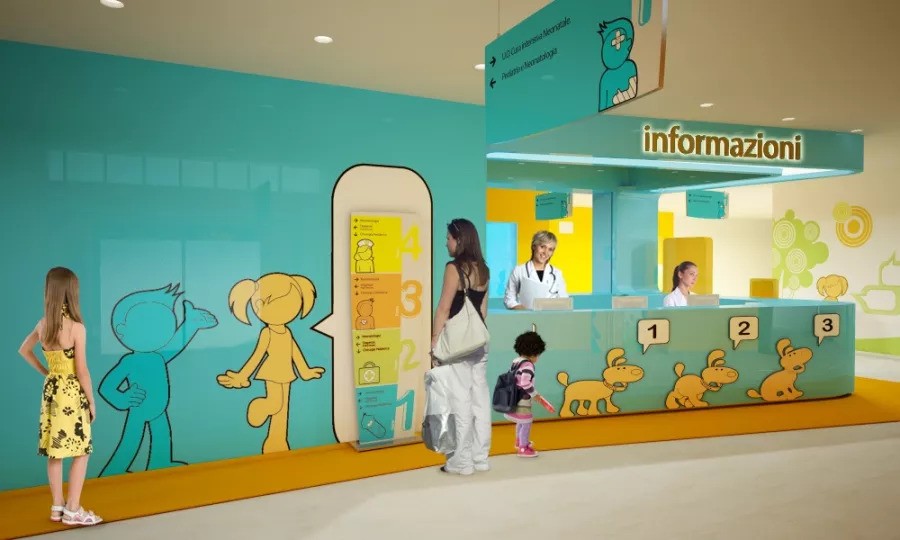
Lighting the Way: Pediatric Hospitals and Child Wellness
Pediatric hospitals play a pivotal role not only in providing medical care to children but also in fostering an environment conducive to their overall wellness. Beyond medical treatments, these institutions prioritize creating spaces that are comforting, engaging, and uplifting for young patients and their families. One significant aspect of enhancing the healing environment in pediatric hospital hyderabad is through thoughtful lighting design. In this blog, we explore the importance of lighting in pediatric hospitals and its impact on child wellness.
Creating a Healing Environment: Pediatric hospitals understand the importance of creating a healing environment that promotes the physical, emotional, and psychological well-being of children. Unlike traditional hospital settings, which can be sterile and intimidating, pediatric hospitals strive to be warm, welcoming, and child-friendly. Lighting design plays a crucial role in achieving this goal.
Lighting for Comfort and Calm: Children, especially those facing medical challenges, can feel anxious and overwhelmed by hospital environments. Soft, diffused lighting can help create a sense of comfort and calmness, reducing stress and anxiety levels among young patients. Natural light, whenever possible, is particularly beneficial, as it connects children to the outside world and helps regulate their circadian rhythms.
Incorporating Playfulness and Creativity: Pediatric hospitals often incorporate elements of playfulness and creativity into their design to make the environment more engaging for children. Lighting fixtures shaped like stars, clouds, or other playful motifs can transform a clinical space into a whimsical and enchanting one. Interactive lighting installations, such as colorful LED panels or interactive projections, can encourage exploration and stimulate children’s imaginations.
Adapting to Different Needs: Children have diverse needs and preferences when it comes to lighting. Some may be sensitive to bright lights, while others may benefit from increased illumination for certain activities. Pediatric hospitals incorporate adjustable lighting systems that allow caregivers to tailor the lighting conditions to suit individual preferences and medical requirements. Dimmable lights, for example, can be adjusted to create a soothing ambiance during bedtime routines, while brighter lights may be used for play areas or treatment rooms.
Enhancing Safety and Security: In addition to creating a comforting atmosphere, lighting design in pediatric hospitals also prioritizes safety and security. Well-lit corridors, signage, and emergency exits ensure that children and their families can navigate the hospital environment safely, especially during nighttime hours. Motion-activated night lights in patient rooms provide a sense of security and help prevent falls or accidents.
Promoting Healing and Recovery: Studies have shown that exposure to natural light and well-designed artificial lighting can have a positive impact on patients’ recovery rates and overall well-being. Natural light not only boosts mood and reduces stress but also helps regulate sleep-wake cycles, which is crucial for healing. By integrating elements of biophilic design, such as views of green spaces or indoor gardens, pediatric hospitals can further promote healing and restoration.
Conclusion: Lighting design plays a crucial role in creating healing environments that promote child wellness in pediatric hospitals. By incorporating elements of comfort, playfulness, safety, and biophilic design, these institutions strive to create spaces that are nurturing, supportive, and uplifting for young patients and their families.